PROTECT YOUR DNA WITH QUANTUM TECHNOLOGY
Orgo-Life the new way to the future Advertising by AdpathwayBy August, our workhorse perennials that grow and flower all season may be looking a little worse for wear. Some may be blooming away happily, though high heat and water fluctuations in late summer can stress even the most durable selections. Fortunately, this end-of-season fatigue is, for many, a brief pause before a final flush as temperatures moderate in fall.
For those perennials that look terrible in August, there are a few measures we can take for a refresh. Simple care now bolsters them for a final round of flowers and preparation for overwintering.
Prune
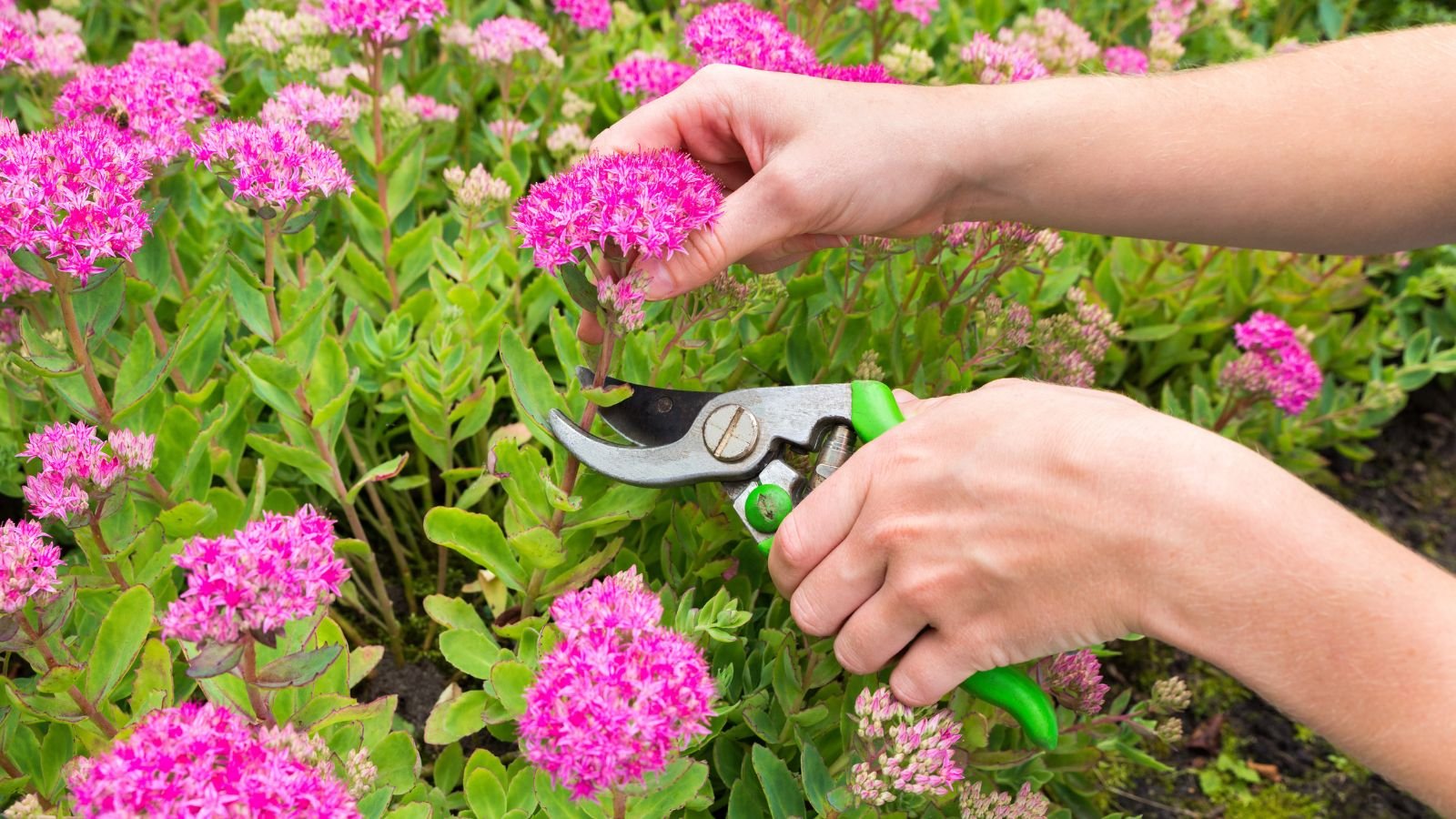 Cut back struggling perennials to improve performance.
Cut back struggling perennials to improve performance.Trimming perennials that look terrible in August is the first step in making them look better and in preparing them for the cool season. Late summer cutback takes a lighter approach than earlier in the season, when a heavier chop fosters fast regrowth. Prune now to shape and remove diseased or dying plant parts.
While it’s not the time for heavy pruning, worn-out perennials benefit from light trimming and shaping to reduce overgrowth. For many, trimming promotes a fresh flush and potential early fall reblooming. Gentle pruning tidies unruly, sprawling stems and helps manage size. Preventing overgrowth improves air circulation to help reduce diseases. It also directs energy to roots as plants prepare for overwintering.
For a quick improvement and to prevent disease spread, clip away brown, crispy stems and spent stalks. Lightly trim shrubs and other specimens that encroach on the perennials.
Deadhead
 Remove spent flowers to tidy up the plant.
Remove spent flowers to tidy up the plant. In late summer, deadheading promotes faster reblooming for perennials that look terrible in August. The extended flowering enlivens the tired garden and supports pollinators and beneficial insects as the season transitions.
By removing spent blooms, energy is redirected from seed production into further flowering. Stop deadheading by early September to let blooms go to seed in the fall. Let them naturally drop and disperse to expand the colony or collect them for spring planting. They’ll also provide forage for birds and small mammals heading into winter. For any you don’t want to go to seed or that are too vigorous with self-seeding, continue deadheading through fall to prevent seed drop.
Fall-blooming perennials that benefit from a final round of deadheading late in the season include salvia, aster, coreopsis, mums, and rudbeckia. They’ll continue to shine into fall before seeding.
Deadhead reblooming roses, too, to encourage another flush. Gardeners mark Labor Day as a good time to stop deadheading roses, or about six to eight weeks before your first anticipated frost date. This gives time for rose hips to set and for the shrubs to prepare for winter dormancy. Clip away dried hydrangeas according to your preference, or leave them on the stem. If clipping, do so now to avoid interfering with bud set for those that bloom on old wood.
Adjust Watering Schedules
 Ensure the soil doesn’t dry out too much to keep leaves lush.
Ensure the soil doesn’t dry out too much to keep leaves lush. Late summer brings weather fluctuations that include drought conditions and extreme heat. In prolonged hot and dry situations, hindered growth, decreased fruiting, wilting, and leaf drop aren’t uncommon.
Signs of heat stress include yellowing leaves with brown, crispy edges, white patches, and wilting that doesn’t rebound with evening’s cooler temperatures (or temperatures that don’t cool). To ease stress, provide extra water during summer extremes to keep roots cool and to compensate for increased evaporation. It also lowers internal temperatures.
Use mulch as added protection to regulate soil temperatures and retain moisture. In extreme heat, stressed specimens benefit from a protective shade cover. Shade cloth, light fabric, an umbrella, or a pop-up canopy all offer cooling shade during heat waves.
Plant
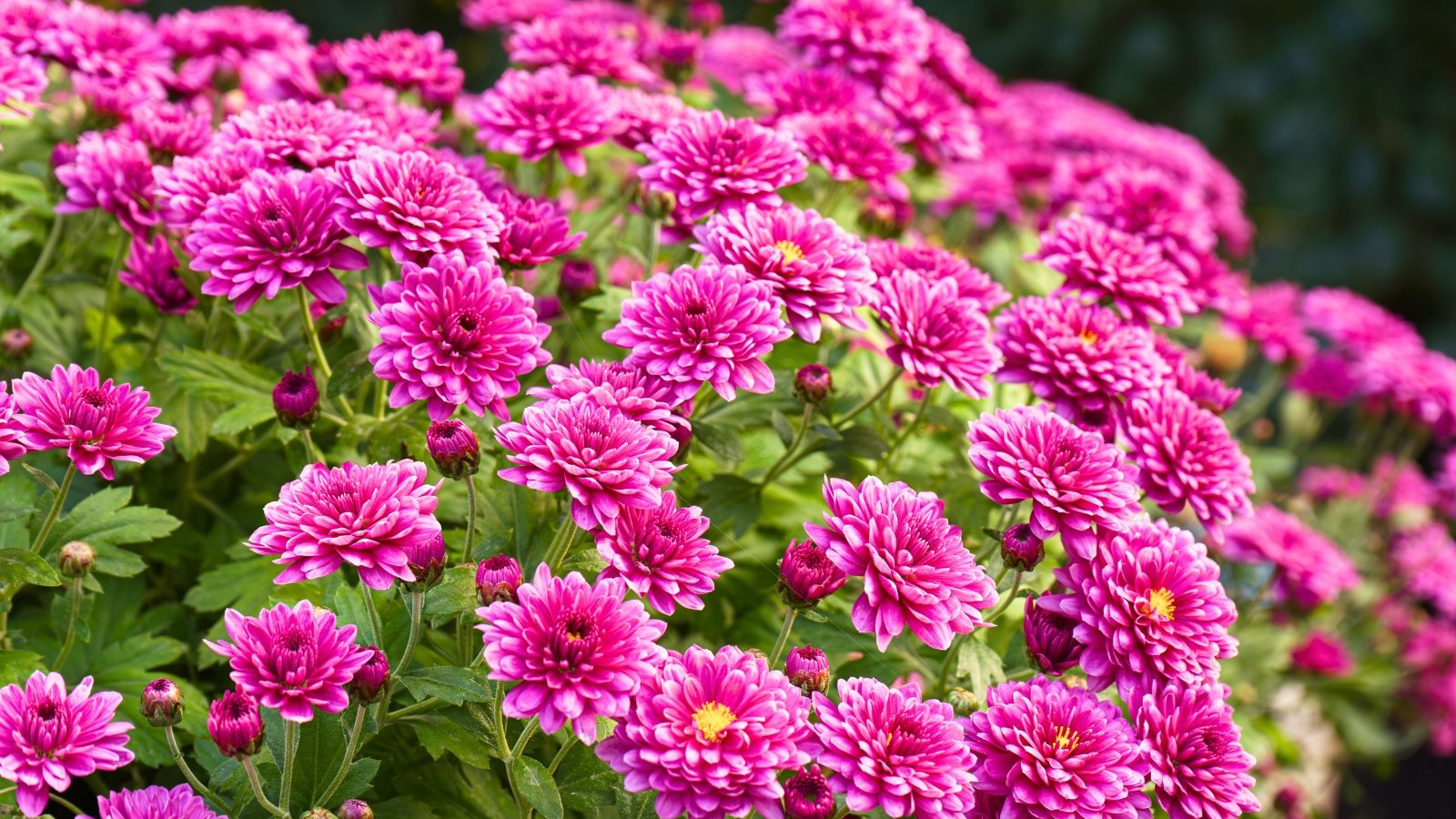 Fill in tired gaps for a pop of color.
Fill in tired gaps for a pop of color. To infill garden gaps when other perennials look terrible in August, plant adaptable perennials now. Depending on the temperatures and weather, you can add perennials with regular attention to moisture requirements. Avoid particularly hot spells and plant early in the day for the least stress on new transplants. Give your new plantings extra water as they establish under the summer sun.
Late-summer additions should have showy characteristics that extend into fall. Given proper cultural requirements, durable, easy-going perennials are the most likely to adapt to varying climatic conditions.
Perennials to install now include:
- Aster
- Chelone
- Chrysanthemum
- Coreopsis
- Hardy hibiscus
- Iris
- Rudbeckia
- Ornamental grasses
Propagate
 Divide and take cuttings to expand your garden.
Divide and take cuttings to expand your garden. In northern climates, it’s time to divide some perennials to minimize overcrowding and expand the collection throughout the garden. Across growing zones, it’s time to divide irises and lilies.
Take cuttings from perennials, including herbs, to propagate for spring planting. Soft stem cuttings rely on fresh, pliable growth. Late summer selections for cuttings include salvia, caryopteris, lavender, verbena, rosemary, hydrangea, and roses.
Keep newly-rooted cuttings inside or in a greenhouse over the winter so they can move out in warm weather.
Scout for Pests and Diseases
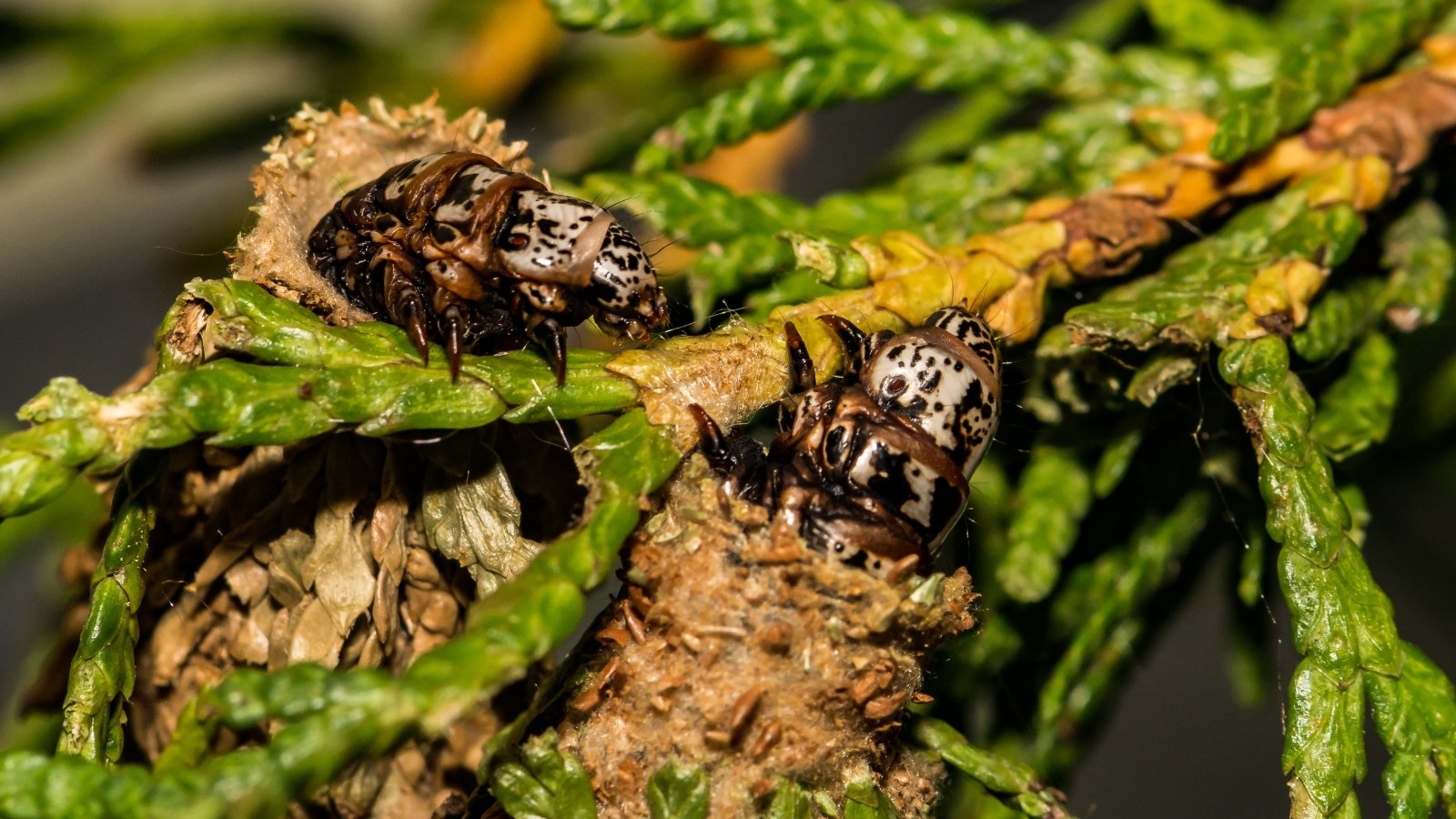 Tackle problems as soon as you spot them.
Tackle problems as soon as you spot them. It’s still the warm, active season for some common pests, but others slow by mid-to-late August with peak feeding and reproducing behind them. Hot summer days and nights are particularly favorable to common diseases like rust, blight, and powdery mildew. They could be the reason your perennials look terrible in August. The best defense to keep perennials fresh is to keep beds debris-free.
Debris harbors pests and diseases, even over the winter, so clean up of fallen leaves and petals helps reduce pathogens. It also freshens the look and tidies the overall appearance while we’re sprucing up fading perennials.
When clipping and pruning away diseased parts, keep the material out of the compost bin. Spores may proliferate, overwinter, and spread to other plants with amending.
Changes in moisture, coupled with hot conditions, make plants susceptible to pest and disease damage. Water deeply and consistently, rather than frequently and shallowly, to support healthy roots. Avoid overwatering, too, which can cause weakness and fungal issues. Prune away overgrowth and thin crowded crowns to reduce damp conditions.
Be on the lookout for bagworms and webworms, which have stopped feeding and now attach to stems to form webs. Manually remove the pests. Spider mites may crop up in hot, dry conditions. Spray them with a hose blast to knock them off leaves and stems.
Save Seeds
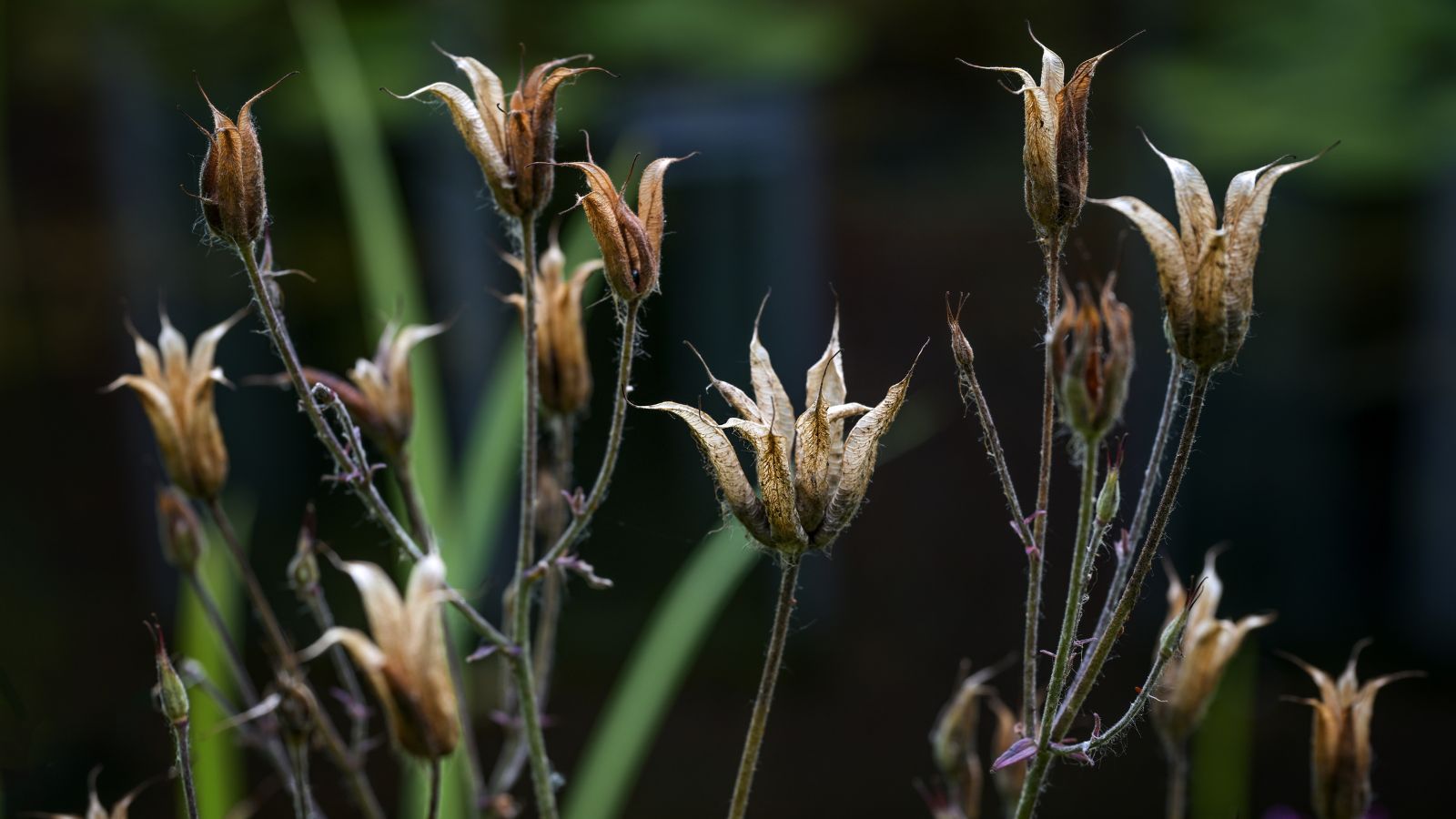 Leave some flowers on their stalks to go to seed.
Leave some flowers on their stalks to go to seed. While we’re fixing perennials that look terrible in August, late summer and into fall are prime for collecting and storing seeds for future seasons. Seed saving is economical and helps preserve special selections and those that easily grow from seed.
To save seeds, collect them from flowers, fruits, or vegetables. Separate them from plant matter, let them dry out completely, and store seeds in paper bags or envelopes in a cool, dark spot. In lieu of storing, many perennials, including natives, benefit from direct sowing in the fall or winter. To seed those that rely on cold stratification in different areas of the garden, collect them for direct sowing as the weather cools.
Many hybrids, whether ornamental or edible, won’t come true from seed. Sticking with straight species rather than hybrids is best if you want to mirror the parent plant.


 3 hours ago
6
3 hours ago
6





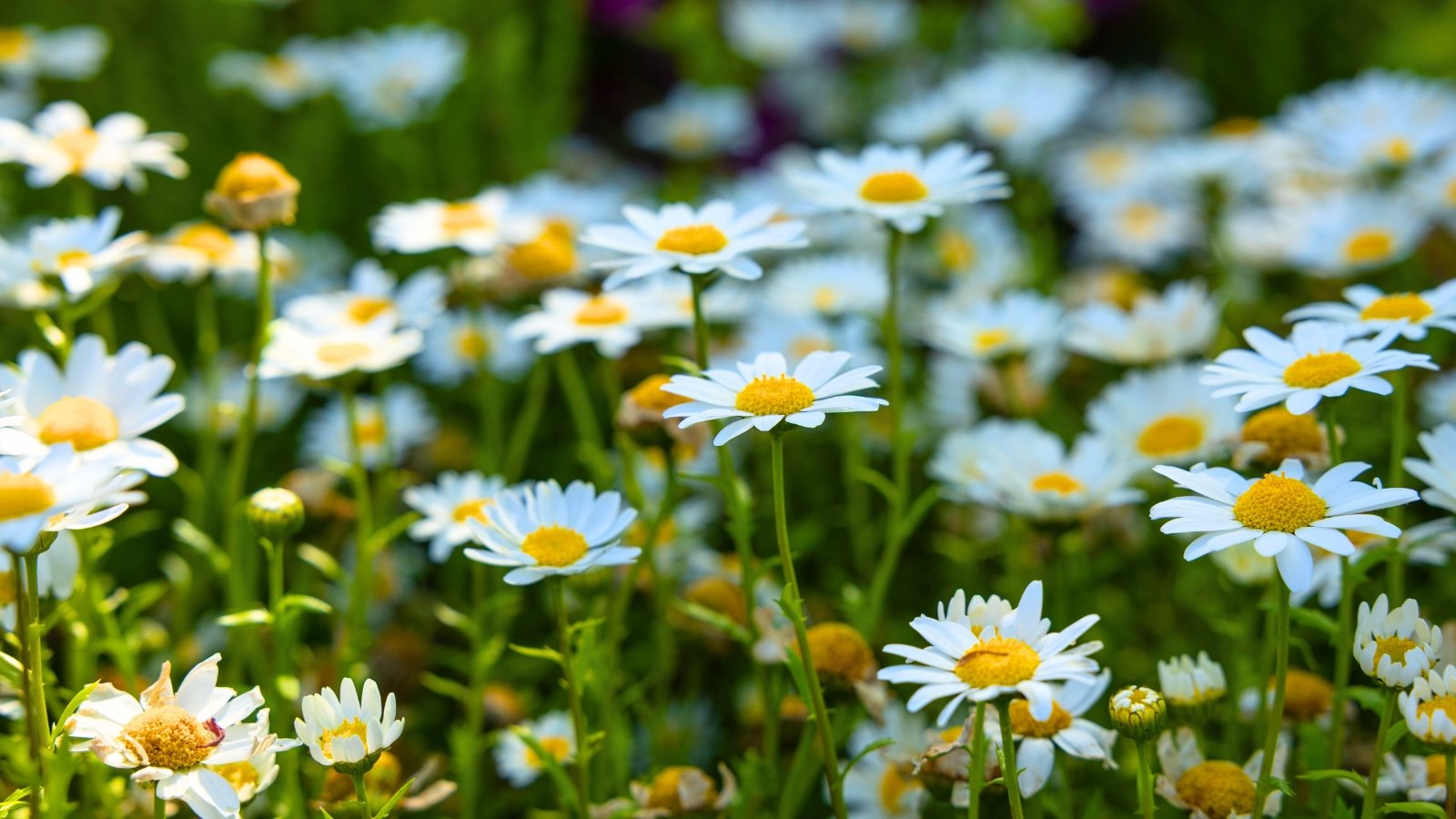















 English (US) ·
English (US) ·  French (CA) ·
French (CA) ·